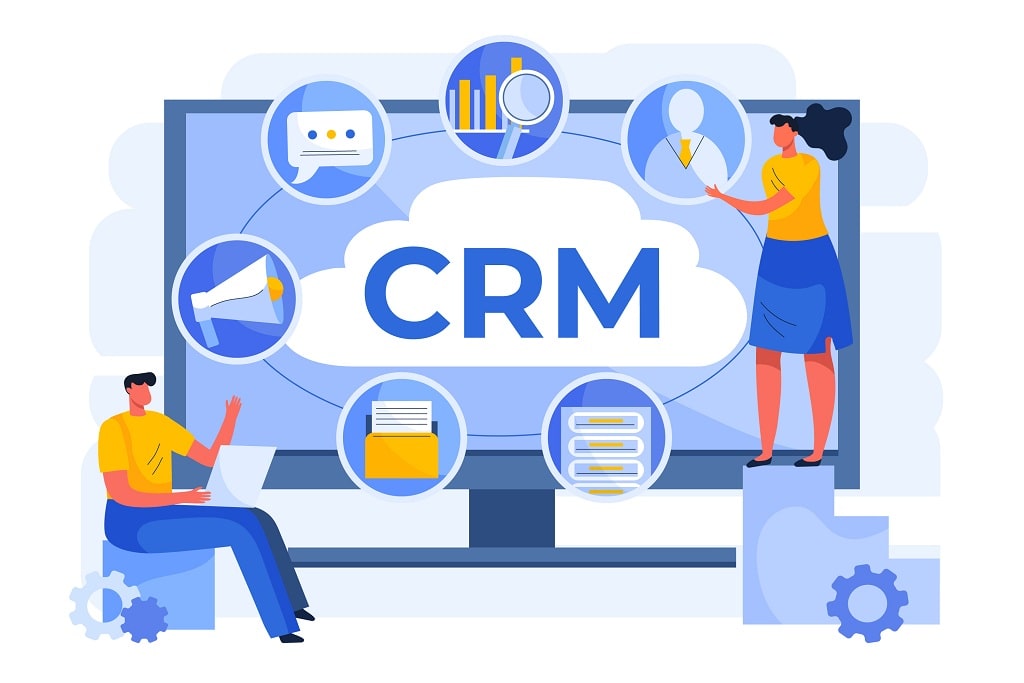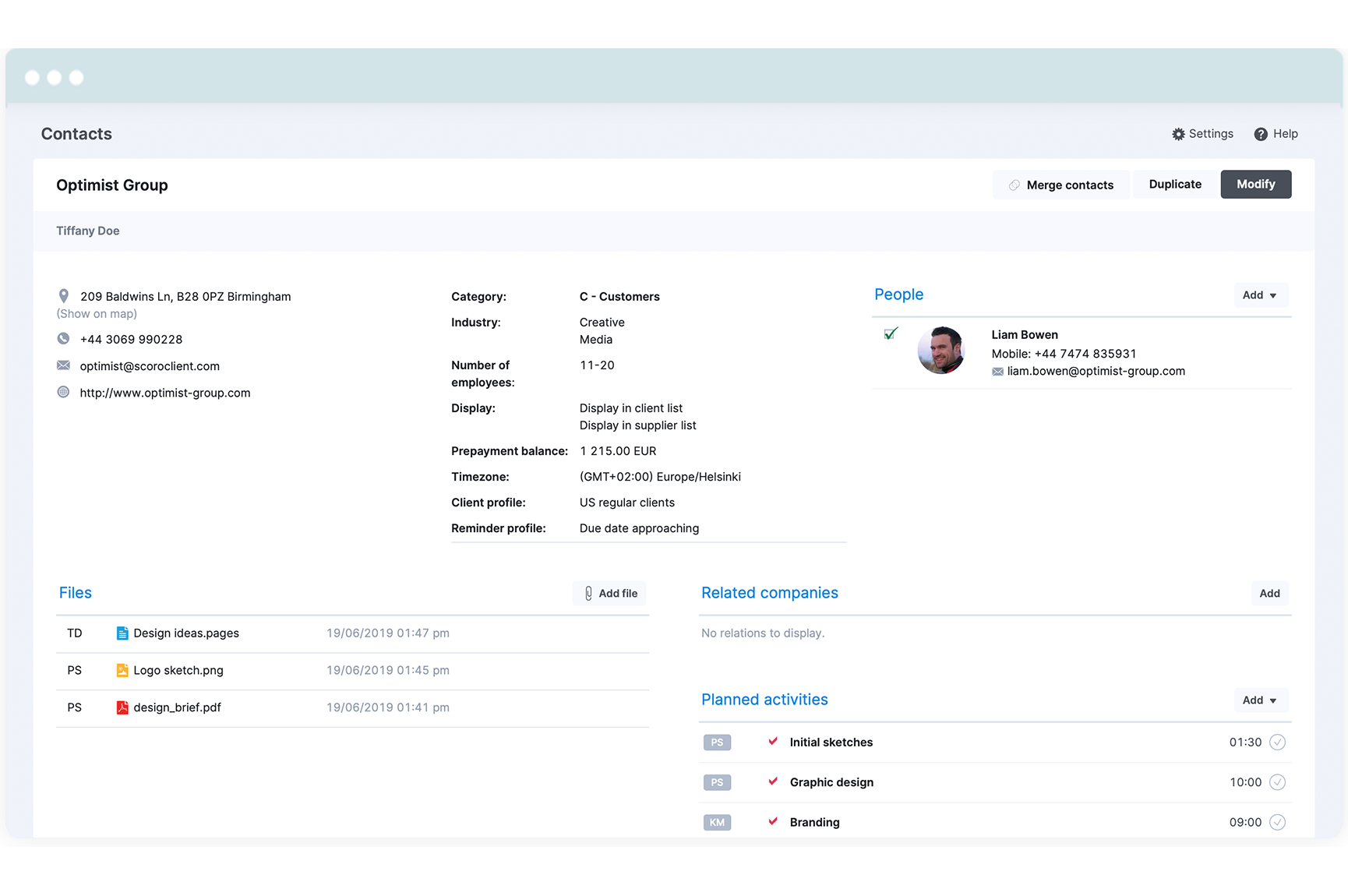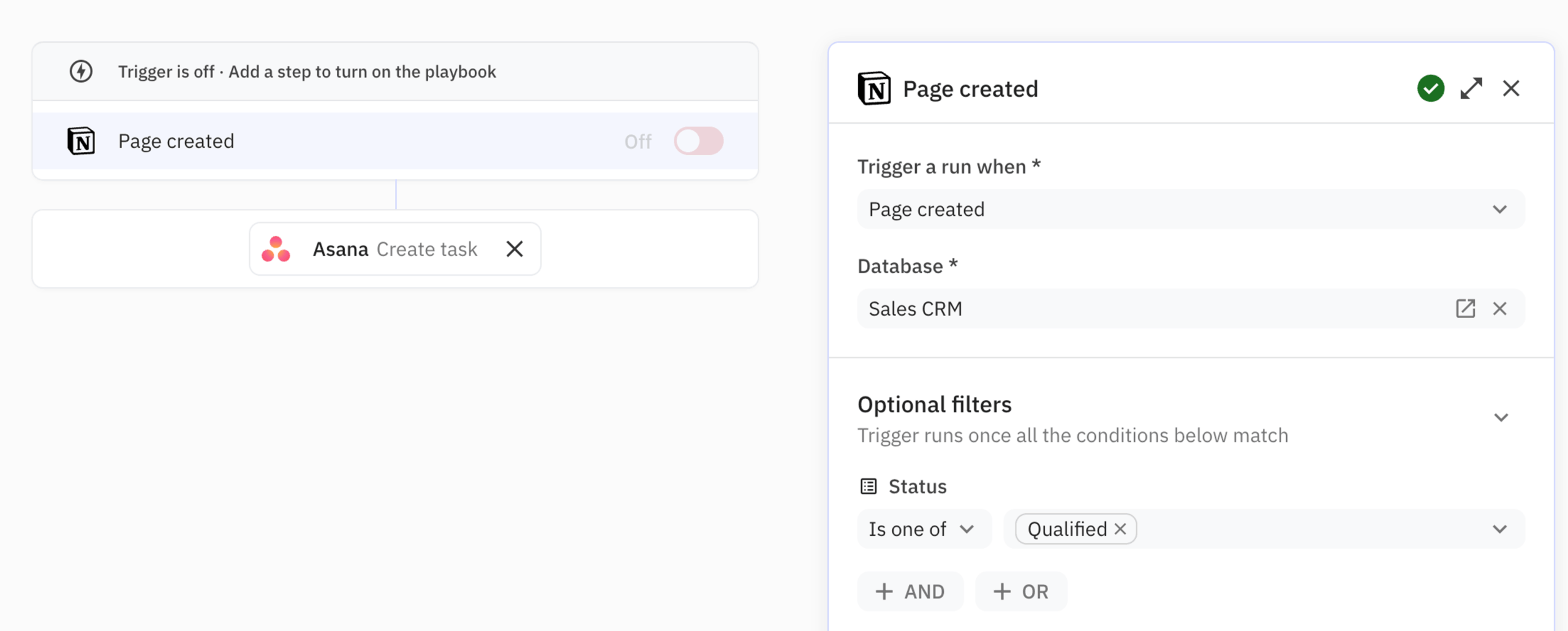Unlocking Growth: Actionable CRM Marketing Insights for 2024 and Beyond
In the ever-evolving landscape of digital marketing, staying ahead requires more than just a good product or service. It demands a deep understanding of your customers, their behaviors, and their needs. This is where Customer Relationship Management (CRM) marketing insights come into play. CRM isn’t just a tool; it’s a strategic approach that empowers businesses to build stronger customer relationships, personalize experiences, and drive sustainable growth. This comprehensive guide dives deep into the world of CRM marketing insights, offering actionable strategies, real-world examples, and future-proof advice to help you thrive in the competitive market.
What are CRM Marketing Insights?
At its core, CRM marketing insights are the data-driven observations and understandings derived from a CRM system. This involves analyzing customer interactions, behaviors, and preferences to gain a holistic view of your customer base. These insights go beyond basic demographics; they delve into the ‘why’ behind customer actions, enabling businesses to make informed decisions and tailor marketing efforts effectively. Think of it as having a crystal ball that reveals customer needs, desires, and pain points before they even articulate them.
CRM systems collect a wealth of information, including:
- Customer Demographics: Age, location, gender, income, etc.
- Purchase History: Products bought, frequency of purchases, average order value.
- Website Activity: Pages visited, time spent on site, content engagement.
- Email Interactions: Open rates, click-through rates, responses.
- Social Media Engagement: Likes, shares, comments, mentions.
- Customer Service Interactions: Support tickets, feedback, resolutions.
Analyzing this data provides invaluable insights that can be used to optimize marketing strategies, improve customer service, and boost sales. For instance, understanding which products are frequently purchased together can lead to effective cross-selling and upselling campaigns. Identifying customers who haven’t made a purchase in a while allows you to proactively re-engage them with targeted promotions. CRM marketing insights transform raw data into actionable intelligence.
The Benefits of Leveraging CRM Marketing Insights
The advantages of harnessing the power of CRM marketing insights are numerous and far-reaching. Businesses that effectively utilize these insights often experience significant improvements in several key areas:
1. Enhanced Customer Understanding
Perhaps the most significant benefit is the ability to gain a deeper understanding of your customers. CRM data allows you to build detailed customer profiles, segment your audience based on various criteria (behavior, demographics, purchase history), and personalize your marketing messages. This level of understanding enables you to tailor your communication to resonate with individual customers, leading to higher engagement rates and improved conversion rates.
2. Improved Customer Segmentation
Segmentation is a cornerstone of effective marketing. CRM insights allow you to segment your customer base in a way that goes beyond basic demographics. You can identify high-value customers, those at risk of churn, and those who are most likely to respond to specific offers. This precise segmentation allows you to target your marketing efforts more effectively, ensuring that the right message reaches the right audience at the right time.
3. Personalized Marketing Campaigns
Personalization is no longer a luxury; it’s an expectation. Customers want to feel understood and valued. CRM insights enable you to create highly personalized marketing campaigns that cater to individual customer preferences and behaviors. This can include personalized product recommendations, tailored email content, and customized website experiences. Personalized campaigns are proven to generate higher engagement, conversion rates, and customer loyalty.
4. Increased Sales and Revenue
By understanding customer needs and preferences, you can optimize your marketing efforts to drive sales and boost revenue. CRM insights help you identify opportunities for cross-selling, upselling, and repeat purchases. They also enable you to target high-potential customers with tailored offers and promotions, leading to a significant increase in sales.
5. Improved Customer Retention
Customer retention is crucial for long-term business success. CRM insights help you identify customers at risk of churning and proactively address their concerns. By understanding why customers leave, you can implement strategies to improve customer satisfaction and build stronger relationships. Happy customers are more likely to stay loyal and become advocates for your brand.
6. Streamlined Marketing Operations
CRM systems automate many marketing tasks, such as email marketing, lead nurturing, and social media management. This automation frees up your marketing team to focus on more strategic initiatives. CRM insights also provide valuable data to help optimize your marketing operations, such as identifying the most effective marketing channels and campaigns.
7. Data-Driven Decision Making
CRM insights provide the data you need to make informed decisions about your marketing strategy. Instead of relying on guesswork, you can base your decisions on concrete evidence. This data-driven approach leads to more effective marketing campaigns and a higher return on investment (ROI).
Key CRM Marketing Insights and How to Use Them
The true power of CRM lies in the insights it provides. Here are some key insights and how to leverage them effectively:
1. Customer Lifetime Value (CLTV)
Insight: CLTV estimates the total revenue a customer will generate throughout their relationship with your business. It’s a crucial metric for identifying your most valuable customers and prioritizing your marketing efforts.
How to Use It:
- Segment Your Audience: Group customers based on their CLTV to identify high-value segments.
- Personalize Your Marketing: Offer exclusive deals and personalized experiences to high-CLTV customers.
- Focus on Retention: Implement strategies to retain high-CLTV customers, as they are the most profitable.
2. Customer Churn Rate
Insight: Churn rate measures the percentage of customers who stop doing business with you over a specific period. It’s a key indicator of customer satisfaction and loyalty.
How to Use It:
- Identify Churn Drivers: Analyze churn data to understand why customers are leaving (e.g., poor customer service, product dissatisfaction).
- Implement Proactive Strategies: Reach out to at-risk customers with personalized offers or support.
- Improve Customer Service: Train your customer service team to handle issues effectively and prevent churn.
3. Conversion Rates
Insight: Conversion rates measure the percentage of customers who complete a desired action (e.g., making a purchase, signing up for a newsletter). It’s a critical metric for evaluating the effectiveness of your marketing campaigns.
How to Use It:
- Track Conversion Rates: Monitor conversion rates across different marketing channels and campaigns.
- Optimize Landing Pages: A/B test different landing page elements to improve conversion rates.
- Refine Targeting: Ensure your marketing messages are reaching the right audience.
4. Customer Segmentation Data
Insight: Segmentation data allows you to group customers based on various criteria (demographics, behavior, purchase history). This provides valuable information for tailoring your marketing efforts.
How to Use It:
- Create Targeted Campaigns: Develop campaigns that are specifically tailored to each customer segment.
- Personalize Messaging: Use personalized messaging that resonates with each segment.
- Optimize Product Recommendations: Recommend products that are relevant to each segment’s interests and needs.
5. Website Behavior Data
Insight: Website behavior data tracks how customers interact with your website (pages visited, time spent on site, content engagement). This provides insights into customer interests and preferences.
How to Use It:
- Personalize Website Content: Display personalized content based on customer behavior.
- Optimize Website Design: Improve website design to enhance user experience and increase conversions.
- Identify Content Gaps: Create content that addresses customer interests and needs.
6. Email Marketing Metrics
Insight: Email marketing metrics (open rates, click-through rates, conversion rates) provide insights into the effectiveness of your email campaigns.
How to Use It:
- Optimize Email Subject Lines: A/B test different subject lines to improve open rates.
- Personalize Email Content: Tailor email content to individual customer preferences.
- Segment Your Email List: Segment your email list to send targeted messages.
Actionable Strategies for CRM Marketing Success
Understanding the insights is just the first step; the real value lies in implementing actionable strategies that drive results. Here are some key strategies for CRM marketing success:
1. Define Your Goals and Objectives
Before you start analyzing data, clearly define your marketing goals and objectives. What are you trying to achieve with your CRM efforts? (e.g., increase sales, improve customer retention, boost customer satisfaction). Having clear goals will help you focus your analysis and measure your progress.
2. Choose the Right CRM System
Selecting the right CRM system is crucial for success. Consider your business needs, budget, and technical capabilities. Research different CRM platforms and choose one that offers the features and functionality you need to achieve your goals. Key features to consider include:
- Contact Management: Store and manage customer data efficiently.
- Sales Automation: Automate sales processes and workflows.
- Marketing Automation: Automate marketing campaigns and personalize communications.
- Reporting and Analytics: Generate reports and track key metrics.
- Integration Capabilities: Integrate with other tools and platforms (e.g., email marketing, social media).
3. Clean and Organize Your Data
The quality of your data is paramount. Ensure your CRM data is clean, accurate, and up-to-date. Implement data cleansing processes to remove duplicate entries, correct errors, and standardize data formats. Organize your data logically to make it easy to analyze and use.
4. Segment Your Customer Base
Customer segmentation is a fundamental CRM strategy. Divide your customer base into segments based on various criteria (demographics, behavior, purchase history, etc.). This allows you to tailor your marketing messages and offers to specific customer groups.
5. Personalize Your Marketing Campaigns
Personalization is key to engaging customers and driving conversions. Use CRM data to personalize your email marketing, website content, and product recommendations. Personalize your messaging to address individual customer needs and preferences.
6. Automate Marketing Tasks
Automation can save you time and effort. Automate repetitive marketing tasks, such as email marketing, lead nurturing, and social media management. This will free up your marketing team to focus on more strategic initiatives.
7. Track and Measure Your Results
Continuously track and measure your results to evaluate the effectiveness of your CRM efforts. Use CRM analytics to monitor key metrics, such as conversion rates, customer retention, and customer lifetime value. Use these insights to optimize your marketing strategies and improve your ROI.
8. Provide Excellent Customer Service
Exceptional customer service is essential for building strong customer relationships and driving loyalty. Use your CRM system to track customer interactions and provide personalized support. Respond to customer inquiries promptly and resolve issues effectively.
9. Integrate with Other Marketing Tools
Integrate your CRM system with other marketing tools, such as email marketing platforms, social media management tools, and analytics platforms. This will enable you to create a more holistic view of your customers and streamline your marketing operations.
10. Stay Agile and Adapt
The marketing landscape is constantly evolving. Stay agile and adapt to changes in customer behavior and market trends. Continuously evaluate your CRM strategies and make adjustments as needed.
Real-World Examples of CRM Marketing in Action
To truly grasp the power of CRM marketing insights, let’s look at some real-world examples:
Example 1: E-commerce Retailer
An e-commerce retailer uses its CRM system to analyze customer purchase history and identify customers who have purchased specific products in the past. Based on this data, the retailer sends targeted email campaigns with recommendations for complementary products, resulting in a 15% increase in sales.
Example 2: SaaS Company
A SaaS company uses its CRM system to track customer engagement with its software. The company identifies customers who are not actively using the software and sends them personalized onboarding emails and tutorials, resulting in a 20% reduction in churn rate.
Example 3: Financial Services Firm
A financial services firm uses its CRM system to segment its customer base based on their financial goals and risk tolerance. The firm then sends targeted marketing messages with personalized investment recommendations, resulting in a 25% increase in investment sales.
These examples demonstrate the tangible benefits of using CRM marketing insights to drive business growth. By understanding your customers and tailoring your marketing efforts accordingly, you can achieve remarkable results.
Future Trends in CRM Marketing
The future of CRM marketing is bright, with exciting new trends emerging. Staying ahead of the curve requires understanding these trends and preparing for the future. Here are some key trends to watch:
1. Artificial Intelligence (AI) and Machine Learning (ML)
AI and ML are revolutionizing CRM marketing. AI-powered tools can automate tasks, analyze vast amounts of data, and provide predictive insights. This will enable marketers to personalize their campaigns even further and make more data-driven decisions. AI can also be used for:
- Predictive Analytics: Predict customer behavior and identify potential churn.
- Chatbots: Provide instant customer support and personalize interactions.
- Automated Personalization: Automatically personalize website content and email marketing.
2. Hyper-Personalization
Customers expect highly personalized experiences. Hyper-personalization involves using data to tailor marketing messages and offers to each individual customer. This goes beyond basic segmentation and involves understanding individual preferences, behaviors, and needs. Hyper-personalization is powered by AI and ML, allowing marketers to create truly unique customer experiences.
3. Omnichannel Marketing
Customers interact with businesses across multiple channels (website, email, social media, mobile app, etc.). Omnichannel marketing involves providing a seamless and consistent customer experience across all channels. This requires integrating your CRM system with all your marketing channels and tracking customer interactions across all touchpoints.
4. Voice Search Optimization
Voice search is becoming increasingly popular. Optimize your content for voice search by using natural language and providing concise answers to customer questions. This will help you improve your search engine rankings and reach more customers.
5. Data Privacy and Security
Data privacy and security are critical concerns. Comply with data privacy regulations, such as GDPR and CCPA. Be transparent with your customers about how you collect and use their data. Implement security measures to protect customer data from breaches.
Conclusion: Embracing the Power of CRM Marketing Insights
CRM marketing insights are no longer optional; they are essential for businesses that want to thrive in today’s competitive market. By leveraging the power of CRM data, you can gain a deeper understanding of your customers, personalize your marketing efforts, and drive sustainable growth.
This guide has provided a comprehensive overview of CRM marketing insights, including key concepts, actionable strategies, and real-world examples. By implementing these strategies, you can unlock the full potential of your CRM system and achieve remarkable results.
The journey to CRM marketing success requires a strategic approach, a commitment to data-driven decision-making, and a focus on providing exceptional customer experiences. Embrace the power of CRM marketing insights, and you’ll be well-positioned to thrive in the years to come.
As you embark on your CRM journey, remember to:
- Start with a clear strategy: Define your goals and objectives.
- Invest in the right tools: Choose a CRM system that meets your needs.
- Prioritize data quality: Ensure your data is clean, accurate, and up-to-date.
- Focus on personalization: Tailor your marketing messages to individual customer preferences.
- Continuously measure and optimize: Track your results and make adjustments as needed.
The future of marketing is data-driven, customer-centric, and hyper-personalized. By embracing these trends and leveraging the power of CRM marketing insights, you can build stronger customer relationships, drive sustainable growth, and achieve long-term success.


